
Meteorite Classification
On a Saturday in February 2019 I had the opportunity to visit different laboratories of the Institute of Geological Sciences of the University of Berne.
Some weeks before I've met Dev from India and Ake from Sweden in Berne. They bought some meteorite slices from me as a present for a graduating colleague of the University. Both worked for the University of Berne and were among other studies concerned with the classification of meteorites.
Thank you for given me a detailed and very interesting tour through the different labs of the Institute. This gave me a very detailed view on how fascinating and complex it is to identify and classify Meteorites and which hight tech and complex equipment is needed to get the right results.
Thank you guys !
They explained to me over several hours how classification of meteorites is carried out and with which high-precision devices a meteorite is examined. Below you see pictures and brief explanations of the individual laboratories.
At the University of Berne, Dr. Prof. Beda Hofmann, curator of the meteorite collection of the Natural History Museum in Berne classifies Meteorites too.
Next to others the unique and world famous Martian Meteorite NWA 8171 "Black Beauty" was classified at the University of Berne. Two individual stones of NWA 8171 are part of the collection of the Natural History Museum in Berne.

Institute of Geological
Sciences - Berne



MINERAL SEPARATION LAB
In the mineral separation lab crushed rocks are treated with various methods in order to separate or concentrate specific kinds of rock-forming minerals in different grain sizes. The equipment in this lab includes a magnetic separator, sieves, a binocular microscope and agate mortars.


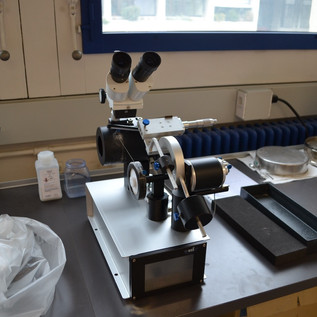

OPTICAL LAB
The optical lab is the main microscope room open for thestaff and students at the institute. Here we can capture images through a petrographic (polarizing) microscope in reflected and transmitted light. Additional equipment in this room includes a luminescence microscope with an automated stage and an atom force probe. Petrographic microscopy is still today one of the most essential analytical methods used to identify minerals, study rock microstructures and to classify meteorites.




RAMAN MICROPROBE
The Raman and micro thermometry lab is equipped with a Raman spectrometer and additionally with microscope equipment used to analyze fluid inclusions in minerals at different temperatures. The Raman equipment works by focusing a laser beam at a sample in up to 100x magnification. The crystal/molecular structure of the analyzed sample causes a shift of wavelength in the incident laser which is characteristic and can be used to identify minerals and other molecular compounds.
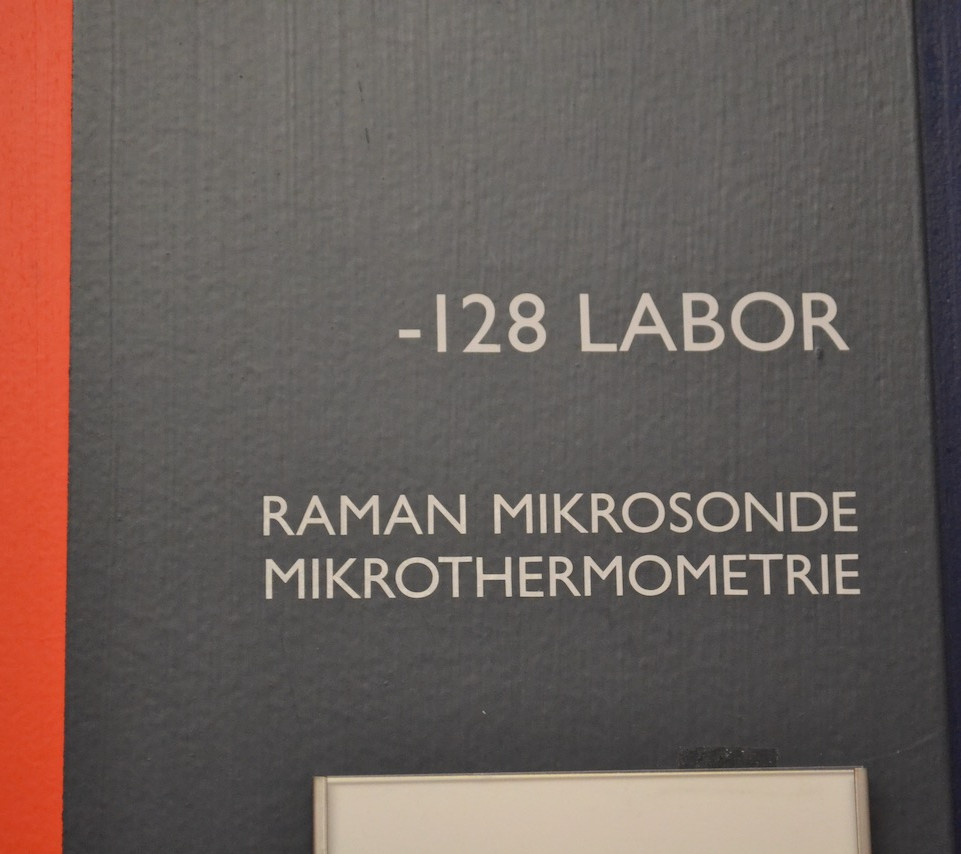
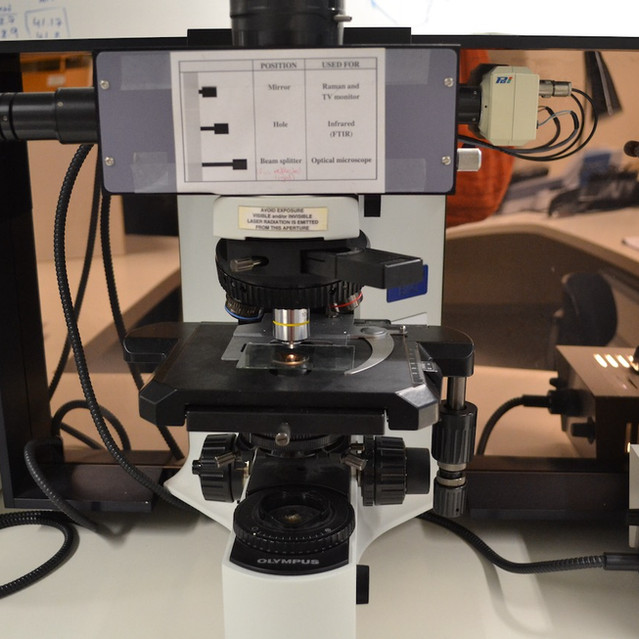
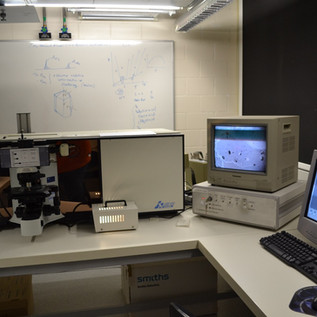
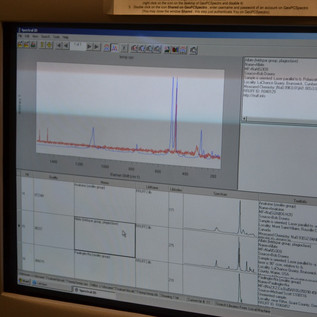
ELECTRON MICROPROBE
The electron microprobeis an essential analytical tool in petrographic studiesof rocksand for the classification of meteorites. This instrument can be used to analyzethe element composition of polished surfaces with a high spatial resolution and at good precision. The technique is based on characteristic x-rays which are emitted from atoms as their electrons are excited by a focused electron beam. The machine moves detectors to the angle which correspond to the x-rays of interest, allowing for one element per detector to be measured simultaneously. By comparing the counts from the sample with standard material of well-known composition the exact composition of the analyzed volume in a mineral can then be accurately determined. When classifying meteorites an essential piece of information is the iron content sand oxidation state of the unclassified specimen which conventionally, using an electron microprobe, allow us to distinguish between different types of e.g.,ordinary chondrites.
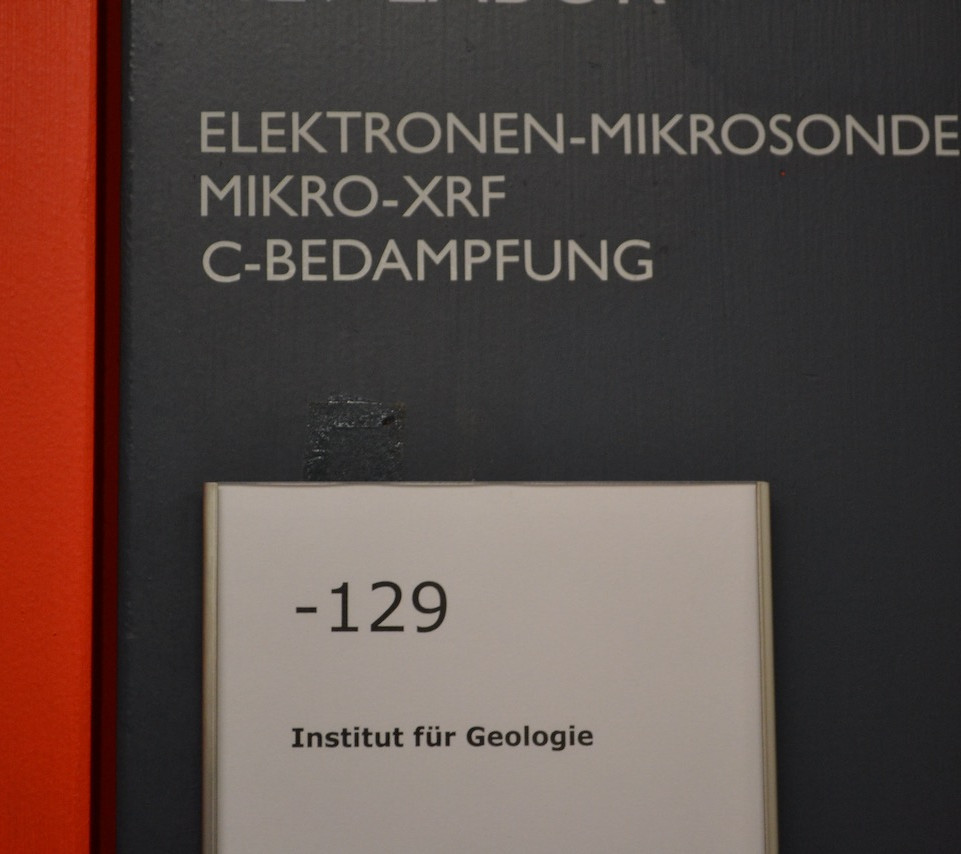

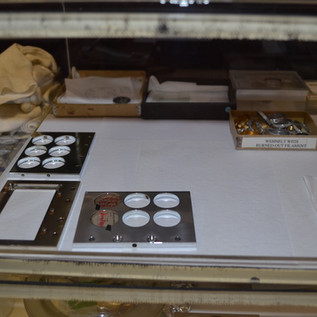
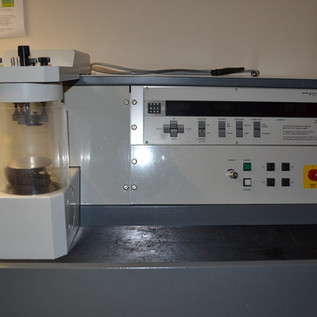
MASS SPECTROMETRY
Two types of mass-spectrometers at the Institute of Geological sciences in Bern are used to investigate the isotopic ratios of elements from terrestrial samples and meteorites – thermal ionization mass spectrometer (TIMS) and an inductively coupled plasma mass spectrometry (ICP-MS). In both these instruments, thermal energy is used to vaporize and ionize the element of interest which then gets accelerated and focused into an ion beam. A magnetic field is then used to spatially separate different isotopes by forcing them into different trajectories depending on their mass/charge ratio. Both instruments are equipped with multiple detectors to precisely determine the abundance variation of different isotopes of radiogenic elements like Sr, Nd and Pb and stable elements like Cr, Mo and Sn. This information can be used toe.g.,reconstruct formation ages of sample minerals, reconstruct the geochemical evolution of meteorites, reconstruct the evolution of reservoirs like the earth crust, mantle and earth hydro-/atmosphere.
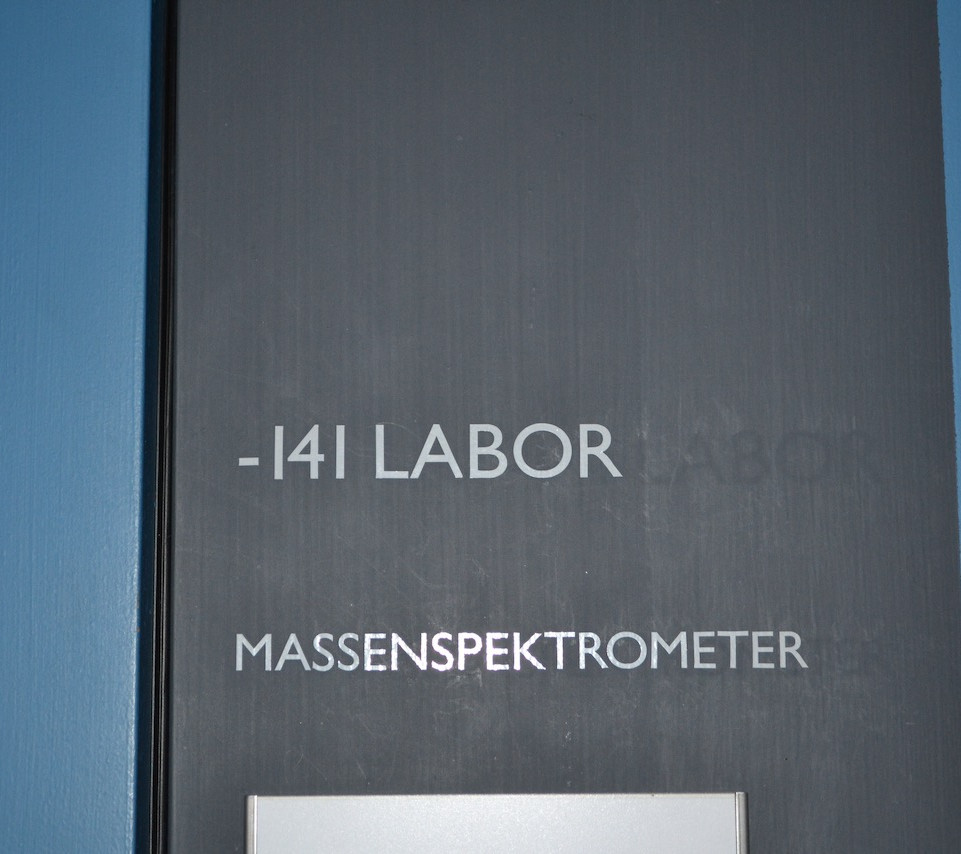


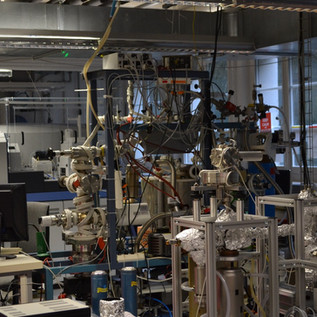

All Videos
CHEMICAL LAB
This metal free clean lab is used todissolve samples and purify elements out of geological materials via wet chemical extractions. Different acids used to dissolve samples are distilled in sub-boilingTeflon distills for purification down to <ppt levels.Ultraclean water is produced by a sequence of two purification steps and supplied into the cleans room. Acid cleaned Teflon (PTFE) vials are used to decompose sample powders with different acids at different temperatures. Ion-exchange resins are used to purify the element of interest from sample matrix. Depending ontheelement of interest and mass-spectrometer (TIMS or ICP-MS),ca. 500-5ng of element is used for an isotopic measurement. Also,depending on element and chemical precreation procedure blank levelare typically <1ng.
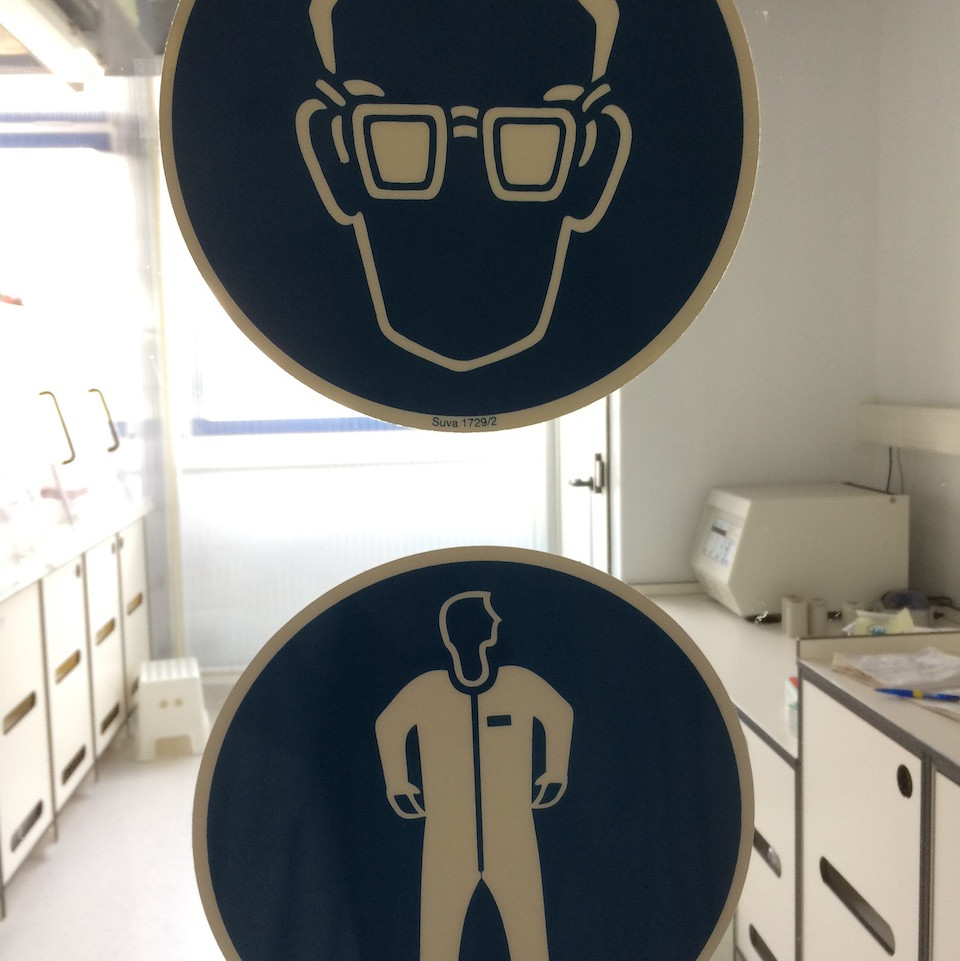
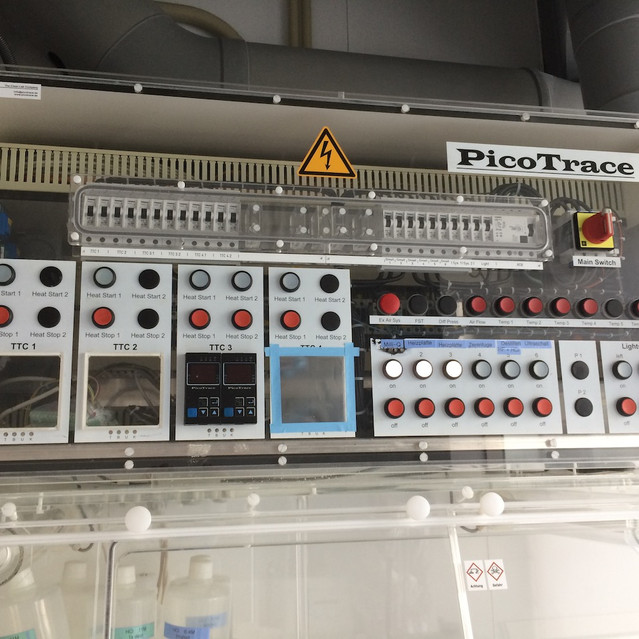
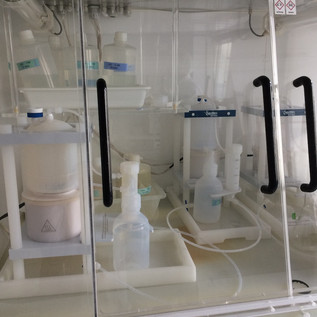
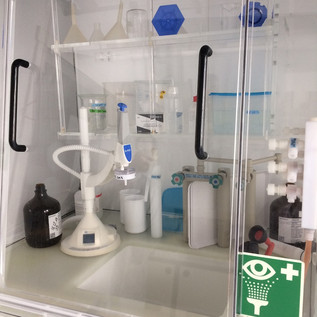




PARTS FROM OLD EXAMINATION DEVICES
Different pieces of outdated scientific equipment are one display in glass cabinets in the corridor outside the analytical laboratories.


SAMPLE STORAGE ARCHIVE
In the sample storage geological samples from past and ongoing studies are kept as reference.
